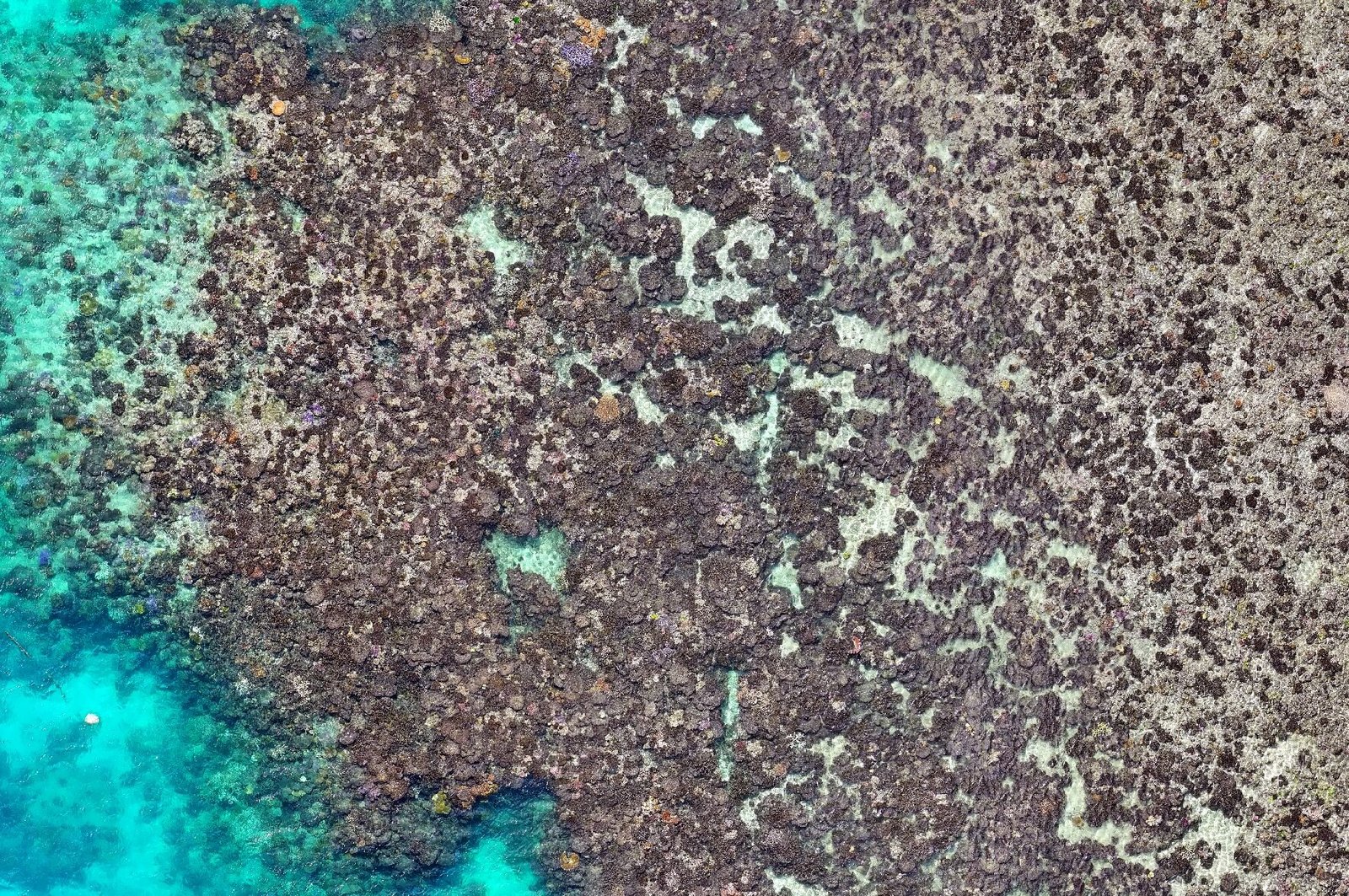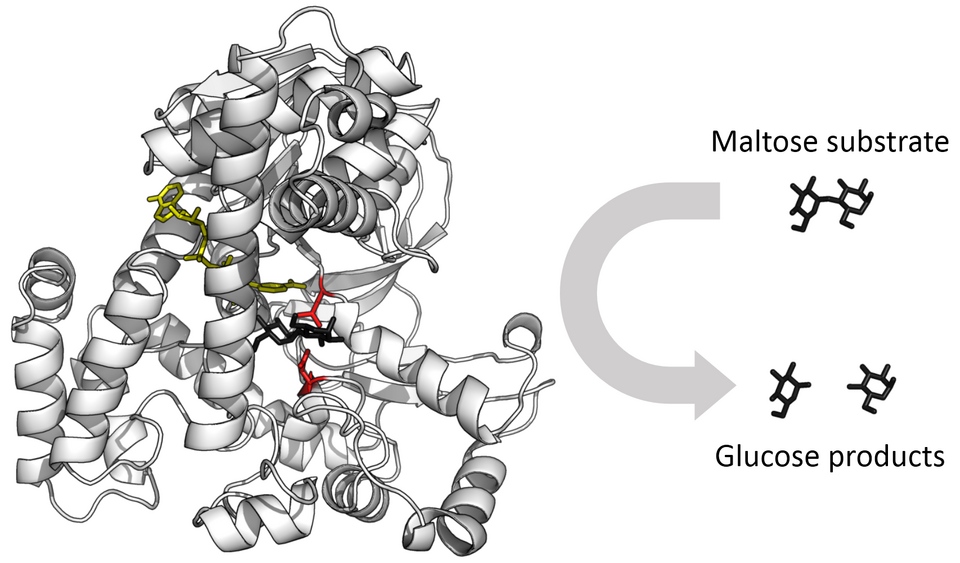Addiction is often imagined as a moral failing, a weakness of will, or a simple choice gone wrong. But the reality is far more complex—and far more human. Deep inside the brain, invisible changes unfold that transform habits into compulsions, desires into desperate needs. What begins as a moment of pleasure or relief can evolve into a relentless cycle that feels impossible to escape.
Millions of people worldwide know this struggle intimately. Whether it’s alcohol, nicotine, opioids, gambling, or even digital devices, addiction grips minds and rewires behavior in ways that baffle both those who suffer and those who watch helplessly from the outside. Science has spent decades peering into this mystery, mapping the pathways, chemicals, and brain circuits that fuel addiction. What emerges is not a story of weakness but one of biology—of a brain caught in its own survival machinery turned against itself.
Pleasure and the Dopamine Spark
At the heart of addiction lies the brain’s reward system, a network of neurons that evolved to help us survive. This system lights up when we do things essential to life—eating when hungry, drinking when thirsty, bonding with others, achieving goals. When activated, it releases dopamine, a neurotransmitter often called the “pleasure chemical,” though it’s more accurately the messenger of motivation and learning.
Dopamine surges tell the brain, “This is good. Remember this. Do it again.” It’s a system that rewarded our ancestors for finding food and forming social bonds. But modern addictive substances and behaviors hijack this system. Cocaine, for instance, floods the brain with dopamine, far more than natural rewards can. Alcohol, nicotine, opioids, and other drugs trigger similar bursts, overwhelming normal signaling.
The brain, sensing these artificial floods, adapts. Over time, neurons reduce their sensitivity to dopamine, meaning the same amount of a substance produces less pleasure. This tolerance pushes users to seek higher doses just to feel normal. What began as a voluntary choice shifts toward compulsion—a fundamental rewiring of the brain’s motivational machinery.
The Learning of Addiction
Addiction is not just about chemical highs—it’s also about learning and memory. Each hit, sip, or spin of a slot machine carves associations deep into neural circuits. Environmental cues—friends, places, times of day—become linked to the addictive experience. The smell of beer, the flicker of a cigarette lighter, the sight of a pill bottle—all can spark powerful cravings long after drug use has stopped.
This learning is cemented by dopamine, which strengthens connections between neurons when rewards are experienced. Over time, just anticipating a drug or behavior can release dopamine, driving desire before the substance even enters the body. This is why cravings can feel as real and urgent as hunger or thirst.
Brain imaging studies reveal that addiction reshapes the prefrontal cortex, the region responsible for decision-making, self-control, and long-term planning. This weakening of the brain’s “brakes” makes it harder to resist urges, even when consequences are devastating. Addiction is therefore not simply a failure of will—it is a learned, deeply ingrained state where the very circuits for resisting temptation are impaired.
The Brain in Withdrawal
When addicted individuals try to stop, they face more than psychological struggle. Withdrawal is a physiological storm, a consequence of the brain’s attempt to rebalance after chronic drug exposure.
Opioid withdrawal, for example, unleashes waves of nausea, muscle pain, anxiety, and insomnia. Alcohol withdrawal can trigger tremors, seizures, and even life-threatening delirium tremens. These symptoms are not punishment or weakness—they are the brain’s desperate recalibration as it struggles to function without the substance it has adapted to.
At the neurochemical level, addiction suppresses the brain’s natural production of dopamine and other feel-good chemicals. Without the drug, dopamine levels plunge, leaving individuals unable to feel pleasure from ordinary experiences. This “anhedonia” drives relapse, as the brain craves the only thing that can lift it from emotional numbness.
From Euphoria to Desperation
Addiction does not stay static. In its early stages, drug or behavior use may bring intense pleasure. But as tolerance builds and brain circuits shift, the pursuit changes. It’s no longer about getting high—it’s about avoiding despair.
Studies show that chronic addicts experience smaller dopamine spikes when consuming drugs than they did at first. Yet their cravings grow stronger. The cycle becomes less about chasing joy and more about escaping the crushing lows of withdrawal and emptiness. Addiction morphs from a choice to a trap, with each repetition tightening its grip on the brain’s pathways.
Why Some Brains Are More Vulnerable
Not everyone who tries an addictive substance becomes addicted. Genetics, environment, and personal history intertwine to shape vulnerability.
Research indicates that up to half of the risk for addiction is genetic. Variations in genes that regulate dopamine receptors, metabolism, and stress response can influence how intensely someone experiences rewards or how quickly they develop tolerance.
Early life experiences also leave deep marks. Trauma, neglect, or chronic stress can alter brain development, particularly in the prefrontal cortex and limbic system, making impulse control harder and the lure of escape stronger. Adolescence is a particularly sensitive period; because the brain’s reward circuits mature faster than its self-control networks, teens are biologically primed for risk-taking and are more susceptible to developing addictions that can persist into adulthood.
Social factors—peer pressure, availability of substances, socioeconomic stress—further amplify risks. Addiction rarely arises in isolation; it emerges from a complex dance between biology and environment.
The Hijacked Brain: A Chronic Condition
For decades, addiction was seen as a moral flaw or a bad habit. But modern neuroscience paints a different picture: addiction is a chronic brain disorder, akin to diseases like diabetes or hypertension. It alters brain structure and chemistry in lasting ways, making recovery a long-term process rather than a simple matter of quitting.
Brain scans of addicted individuals reveal reduced gray matter in regions responsible for judgment and decision-making, along with heightened activity in reward-related areas. These changes persist even after months or years of abstinence, explaining why relapse is common and why cravings can reemerge unexpectedly.
Calling addiction a disease does not absolve responsibility—it acknowledges reality. Like other chronic illnesses, it requires treatment, management, and understanding rather than punishment or stigma.
Beyond Substances: Behavioral Addictions
Addiction is not confined to drugs and alcohol. Behaviors that trigger the brain’s reward system—gambling, overeating, compulsive gaming, or social media use—can become addictive as well.
In gambling addiction, for example, near-misses and unpredictable rewards cause dopamine surges similar to cocaine use. Video games and social media platforms are designed to exploit these same reward circuits, offering likes, notifications, and achievements that keep users hooked.
While behavioral addictions lack the chemical hooks of drugs, they still reshape brain pathways and can devastate lives, leading to financial ruin, broken relationships, and mental health crises.
Treatment: Rewiring the Brain Toward Recovery
Recovery from addiction is possible, but it is not a matter of sheer willpower. Because addiction fundamentally alters brain circuits, treatment must help rewire these pathways while addressing the emotional and social roots of dependence.
Behavioral therapies like Cognitive Behavioral Therapy (CBT) teach individuals to recognize triggers, manage cravings, and rebuild decision-making skills weakened by addiction. Medications such as methadone, buprenorphine, or naltrexone help stabilize brain chemistry for opioid users, while nicotine replacement therapies ease withdrawal for smokers.
Support networks—whether in 12-step programs, group therapy, or community organizations—play a crucial role. Human connection and accountability counteract the isolation that fuels addiction, helping re-establish healthy dopamine responses tied to social bonding rather than substances.
Neuroscience is exploring innovative treatments too: deep brain stimulation, transcranial magnetic stimulation, and even psychedelic-assisted therapy show promise in resetting maladaptive brain circuits. These approaches hint at a future where we can more effectively reverse the neural hijacking of addiction.
The Emotional Battle of Recovery
Addiction is as much emotional as it is neurological. Shame, guilt, and despair often haunt those who struggle to break free. Society’s judgment compounds these feelings, making it harder to seek help. Yet neuroscience shows that these struggles are not personal failings—they are symptoms of a brain caught in a powerful loop.
Recovery is not linear. Relapses happen, not because people are weak, but because the brain’s wiring takes time to heal. Each attempt to quit lays new neural groundwork for change. Over months or years, the brain’s natural reward systems can recover, allowing joy and motivation to return without the substance.
Stories of recovery often speak of rediscovering simple pleasures—a sunrise, laughter, music—that addiction once muted. These moments mark the brain’s resilience, its capacity to rebuild even after profound alteration.
Hope in Science and Compassion
The science of addiction reveals not a tale of hopeless entrapment but of possibility. Understanding how the brain gets hooked allows us to craft treatments that work with biology rather than against it. It also calls for compassion. Recognizing addiction as a brain disorder helps shift public perception from blame to empathy, opening doors for those too ashamed to seek help.
Research continues to explore why some recover fully while others struggle, how to predict vulnerability, and how to prevent addiction before it starts. Advances in genetics, neuroscience, and psychology promise new tools to heal minds once thought irretrievably lost to addiction.
At its core, addiction is the brain’s survival machinery gone awry—a search for reward, relief, or escape that becomes self-destructive. But just as the brain can be hijacked, it can be healed. Neuroplasticity—the brain’s ability to rewire itself—offers hope that even long-entrenched addictions can be overcome with time, support, and science-driven care.
Reclaiming the Mind
Addiction’s story is one of paradox. It is a disease that begins with choice, a source of fleeting pleasure that leads to lasting pain, a condition that isolates yet is healed through connection. It hijacks the very circuits that make us human—our drive to seek reward, bond with others, and pursue happiness.
But recovery is equally human. It draws on resilience, empathy, and the brain’s own capacity for transformation. Each person who overcomes addiction rewrites not just their life but their neural pathways, reclaiming control from the invisible chains that once bound them.
Science continues to uncover the depths of this process, not to strip addiction of its mystery, but to shine light into the darkness that surrounds it. In doing so, it offers hope that one day, fewer lives will be lost to its grip and more brains will be freed to seek the healthy joys they were meant to pursue.






